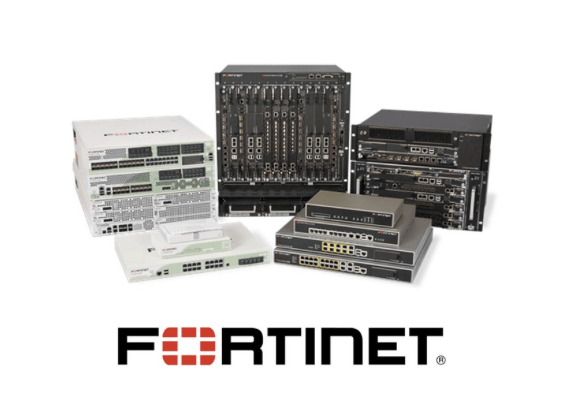[padding right=”5%” left=”5%”]
“THE SECURITY FABRIC WAS DESIGNED TO BECAUSE OF THE GROWING NEEDS TO SECURE DATA. IN TERMS OF SECURING THIS EXPONENTIAL GROWTH OF DATA, IT HAS BEEN A BIG CHALLENGE BECAUSE ITS ALWAYS THE SECURITY HAS BEEN THE BOTTLENECK.“
[/padding]
Today’s digital economy connects more users, devices, applications, and data than ever before to drive business value. Billions of new IP-enabled, non-user Internet of Things (IoT) devices are transmitting vast amounts of data traversing wired and wireless access points, through both public and private networks, and across traditional and cloud infrastructures. Companies from different industries who aims to be competitive must embrace the digital trend and they are now requiring a coordinated security strategy that can handle their needs without compromising its performance.
[padding right=”5%” left=”5%”]
“MOST OF THE CUSTOMERS NOW A DAYS HAVE ALREADY THEIR EXISTING SECURITY SOLUTION AND NETWORK INFRASTRUCTURES. WHAT SECURITY FABRIC DOES IS THAT IT COLLABORATES WITH THE DIFFERENT VENDORS NOT JUST FOR FORTINET PRODUCTS BUT EVEN WITH DIFFERENT VENDORS.”
[/padding]
With this, Fortinet Philippines headed by Jeff Castillo, country manager and Nap S. Castillo, regional pre-sales consultant, Southeast Asia and Hongkong discussed with the selected members of the press Fortinet’s Security Fabric.
[padding right=”5%” left=”5%”]
LARGE ENTERPRISES, FINANCIAL INSTITUTIONS, TELCO MARKETS, THOSE INDUSTRIES THAT ALREADY HAVE THESE EXISTING NEXTWORK INFRASTRUCTURES AS WELL AS DIFFERENT NETWORK SECURITY SOLUTIONS PRODUCTS WILL BENEFIT FROM FORTINET’S SECURITY FABRIC.
[/padding]
Ken Xie, founder, chairman of the board, and chief executive officer of Fortinet, addressed the media via this message: “Pervasive digitization continues to redefine business, while technology trends like Internet of Things (IoT) and cloud computing are blurring the edges of the network today. Unfortunately, many enterprises continue to rely on security strategies developed decades ago that can no longer support the ever-increasing speed of business. Unlike platforms loosely coupled at the management level, the security fabric weaves together highly sophisticated hardware and software, enabling direct communication between solutions for a unified rapid response to threats. With its Security Fabric, Fortinet is the only vendor to be able to provide its customers with seamless protection across the expanding attack surface, and the power to take on ever increasing performance requirements of the borderless network.
[padding right=”5%” left=”5%”]
ON SECURITY NETWORK INVESTMENT: “IF THE ASSET THAT I WANT TO PROTECT IS WORTH P100,000,000.00 , ITS ALWAYS JUSTIFIABLE TO ALLOCATE P1,000,000.00 TO PROTECT THESE ASSETS.“
[/padding]
Fortinet’s scalanbility across the infrastructure lays the groundwork for awareness. Operating as a single entity, the Fabric delivers complete awareness across devices, users, content and data flowing into and out of the network, as well as insight into traffic patterns. This reduces complexity and costs while increasing management efficiencies, enabling easier implementation of new capabilities and innovative security strategies for protection against advanced threats.
[padding right=”5%” left=”5%”]
“COSTS MUST NOT BE A FACTOR IN TERMS OF NETWORK SECURITY BECAUSE OF THE IMPLICATION THAT IT WILL HAVE ON THE COMPANY’S REPUTATION IF ITS ASSETS WILL BE HACKED AND LEFT UNSECURED FROM ATTACKS AND THREATS.”
[/padding]
Since most of the enterprise have existing infrastructure and security investments, Security Fabric is designed to integrate with a vast of ecosystem of third-party solutions providers. Companies such as Global Alliance Partners and Carbon Black provide enterprise customers with security automation, intelligence, and control through integration with Fortinet’s Advanced Threat Protection (ATP) Framework.
Nap Castillo, Fortinet Regional Consultant, discusses the importance and relevance of this new security solution to the Philippine market.









